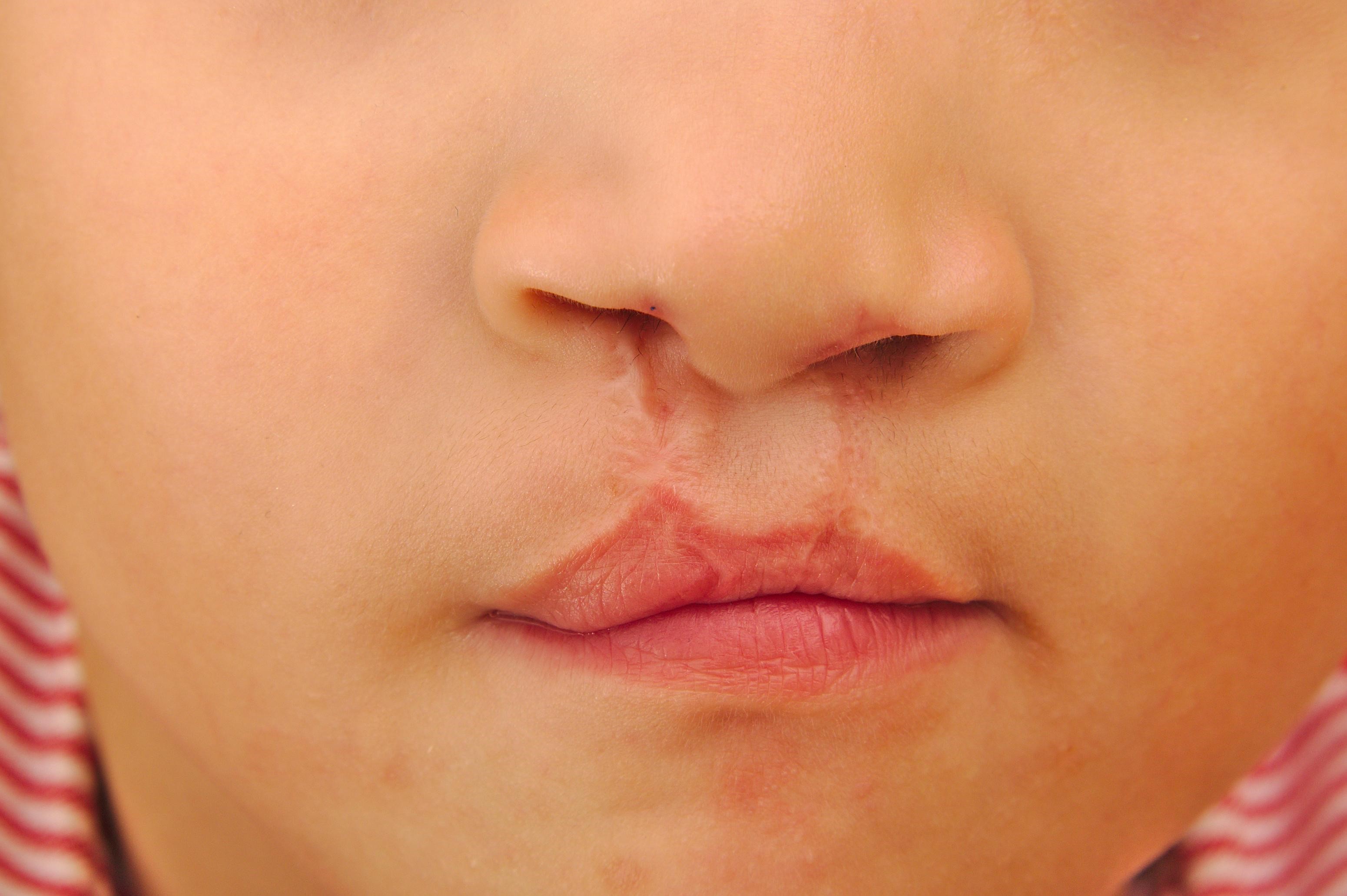
Lagophthalmia cleft lip palate is a rare congenital condition that affects the eyes, lips, and palate. Lagophthalmia refers to the inability to fully close the eyelids, which can lead to eye dryness and irritation. A cleft lip is a split or opening in the upper lip, while a cleft palate is an opening in the roof of the mouth. These conditions can occur together or separately, impacting a child's appearance, speech, and eating abilities. Understanding the causes, symptoms, and treatments of this condition is crucial for parents and caregivers. Here are 25 facts about lagophthalmia cleft lip palate to help you better understand this complex condition.
Key Takeaways:
- Lagophthalmia is a condition where the eyelids can't fully close, leading to dry eyes and potential vision loss. Treatment options include eye drops, surgery, and moisture goggles.
- Cleft lip and palate are common birth defects that can affect feeding, speech, and hearing. Surgery is the primary treatment, and early detection allows for better planning of interventions.
What is Lagophthalmia?
Lagophthalmia is a condition where the eyelids cannot fully close. This can lead to various complications, especially for the eyes. Here are some interesting facts about this condition:
- Lagophthalmia can be caused by facial nerve paralysis, trauma, or congenital defects.
- People with this condition often experience dry eyes due to exposure.
- Treatment options include lubricating eye drops, surgery, or using moisture goggles.
- In severe cases, untreated lagophthalmia can lead to corneal ulcers and vision loss.
- The name "lagophthalmia" comes from the Greek word "lagos," meaning hare, because hares sleep with their eyes open.
Understanding Cleft Lip and Palate
Cleft lip and palate are birth defects that occur when a baby's lip or mouth do not form properly during pregnancy. These conditions can affect feeding, speech, and hearing. Here are some key facts:
- Cleft lip and palate are among the most common birth defects worldwide.
- They can occur separately or together, with cleft palate being more common without a cleft lip.
- The exact cause is unknown, but genetics and environmental factors play a role.
- Surgery is the primary treatment, usually performed within the first year of life.
- Children with cleft lip and palate may require multiple surgeries and ongoing therapy.
Causes and Risk Factors
Understanding the causes and risk factors for these conditions can help in prevention and early intervention. Here are some important points:
- Family history increases the risk of having a baby with cleft lip or palate.
- Smoking during pregnancy is a significant risk factor.
- Diabetes during pregnancy can also increase the risk.
- Certain medications taken during pregnancy, like anti-seizure drugs, can contribute to these defects.
- Folate deficiency in the mother has been linked to a higher risk of cleft lip and palate.
Diagnosis and Detection
Early diagnosis is crucial for managing these conditions effectively. Here are some facts about how they are diagnosed:
- Prenatal ultrasounds can sometimes detect cleft lip and palate before birth.
- After birth, a physical examination is usually sufficient for diagnosis.
- Genetic testing may be recommended if there is a family history of these conditions.
- Early detection allows for better planning of surgical and therapeutic interventions.
- Multidisciplinary teams, including pediatricians, surgeons, and speech therapists, are often involved in the care plan.
Treatment and Management
Managing lagophthalmia, cleft lip, and palate requires a comprehensive approach. Here are some treatment and management facts:
- For lagophthalmia, temporary measures like taping the eyelids shut during sleep can help.
- Surgical options for lagophthalmia include tarsorrhaphy, where the eyelids are partially sewn together.
- Cleft lip repair surgery is usually done when the baby is around 3-6 months old.
- Cleft palate repair is typically performed between 9-18 months of age.
- Long-term care for cleft lip and palate may include orthodontics, speech therapy, and psychological support.
Final Thoughts on Lagophthalmia Cleft Lip Palate
Understanding Lagophthalmia Cleft Lip Palate helps in spreading awareness and compassion. This condition, though rare, affects many lives. Knowing the facts can lead to better support and treatment options. From the causes to the treatments available, every bit of information counts.
Parents and caregivers play a crucial role in managing this condition. Early diagnosis and intervention make a significant difference. Medical advancements continue to improve the quality of life for those affected.
Sharing knowledge about Lagophthalmia Cleft Lip Palate can reduce stigma and promote empathy. Everyone deserves a chance to live a fulfilling life, regardless of their medical conditions.
Stay informed, support research, and advocate for those who need it. Together, we can make a positive impact on the lives of individuals with Lagophthalmia Cleft Lip Palate.
Frequently Asked Questions
Was this page helpful?
Our commitment to delivering trustworthy and engaging content is at the heart of what we do. Each fact on our site is contributed by real users like you, bringing a wealth of diverse insights and information. To ensure the highest standards of accuracy and reliability, our dedicated editors meticulously review each submission. This process guarantees that the facts we share are not only fascinating but also credible. Trust in our commitment to quality and authenticity as you explore and learn with us.
